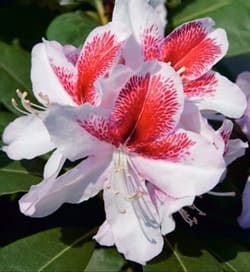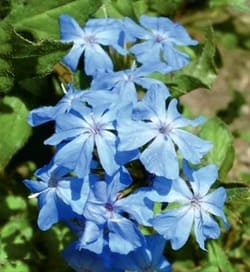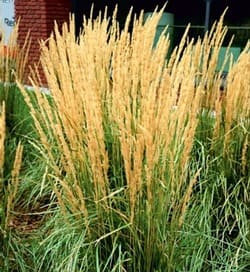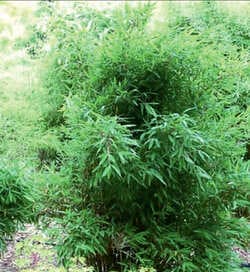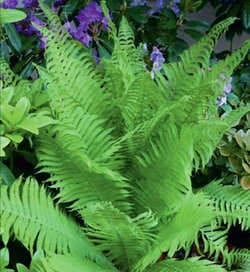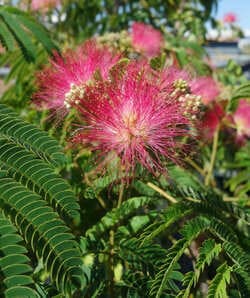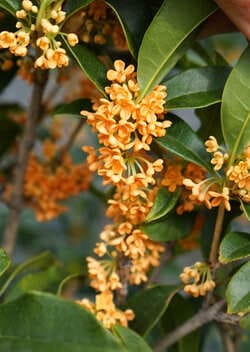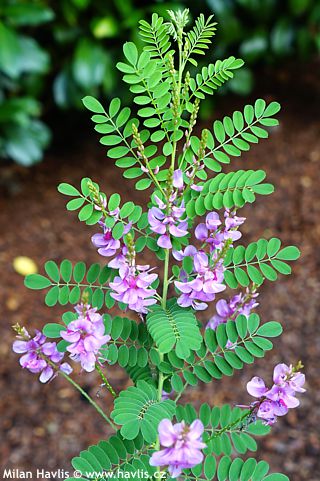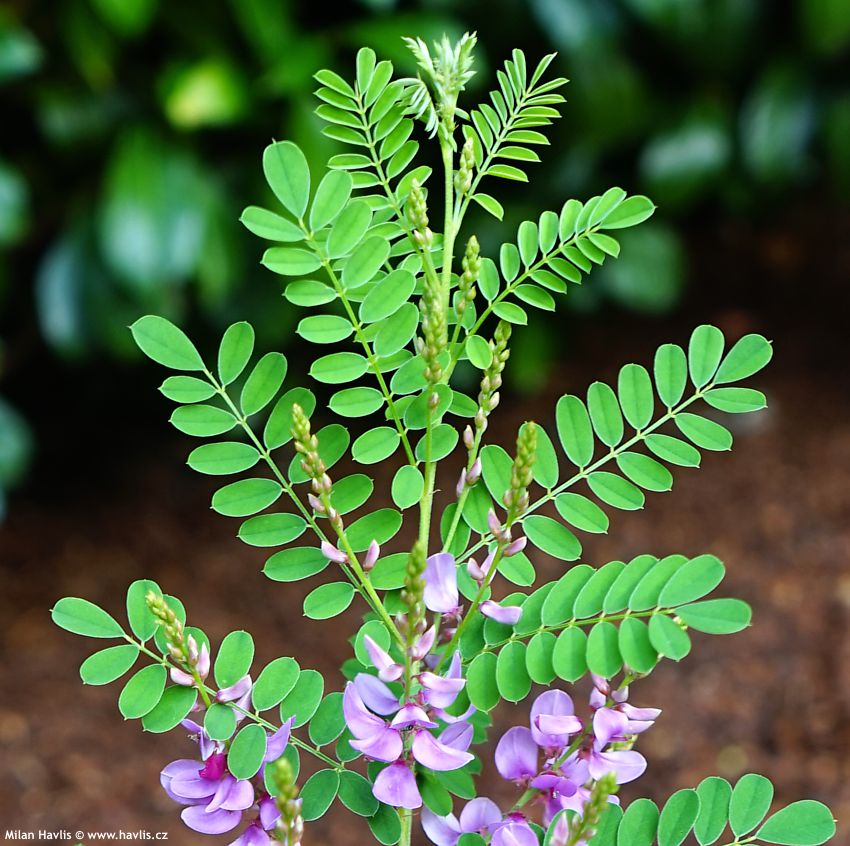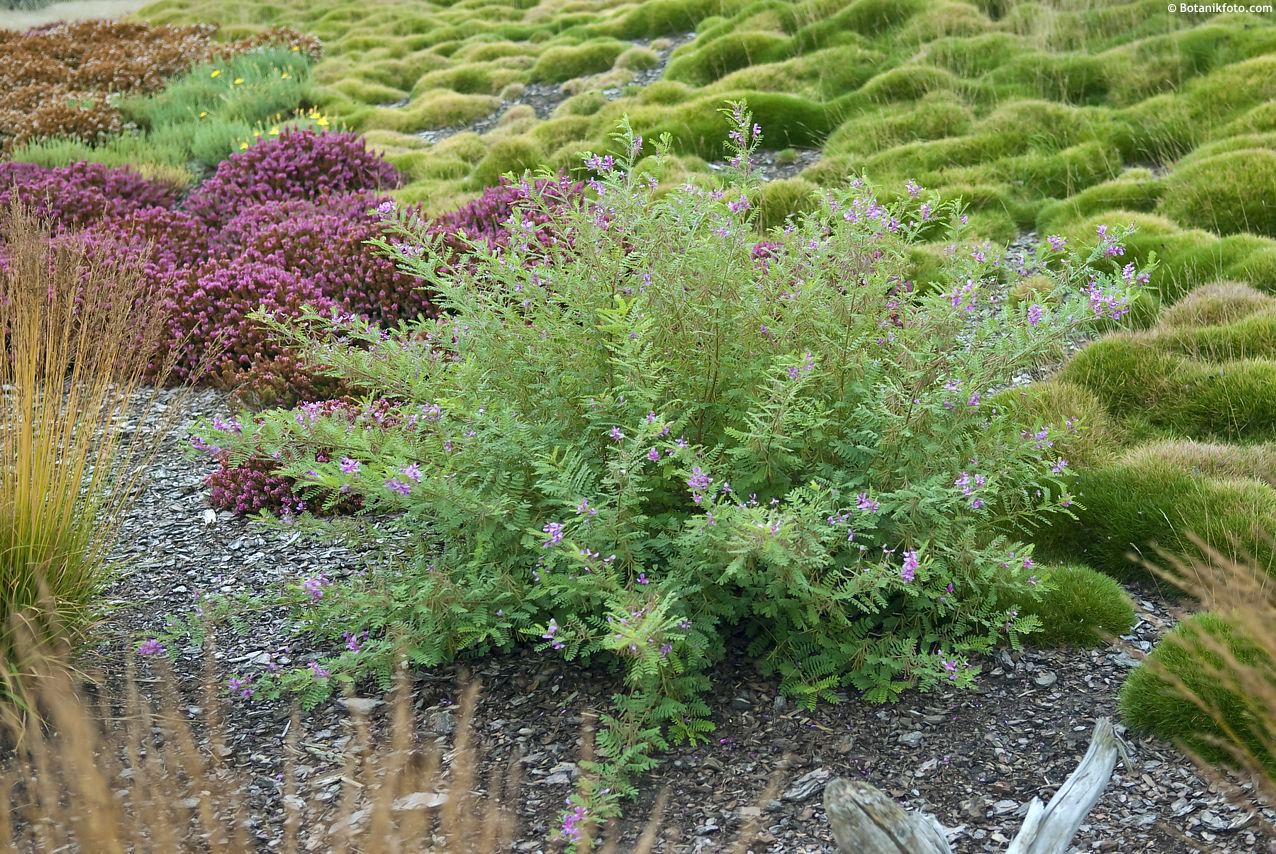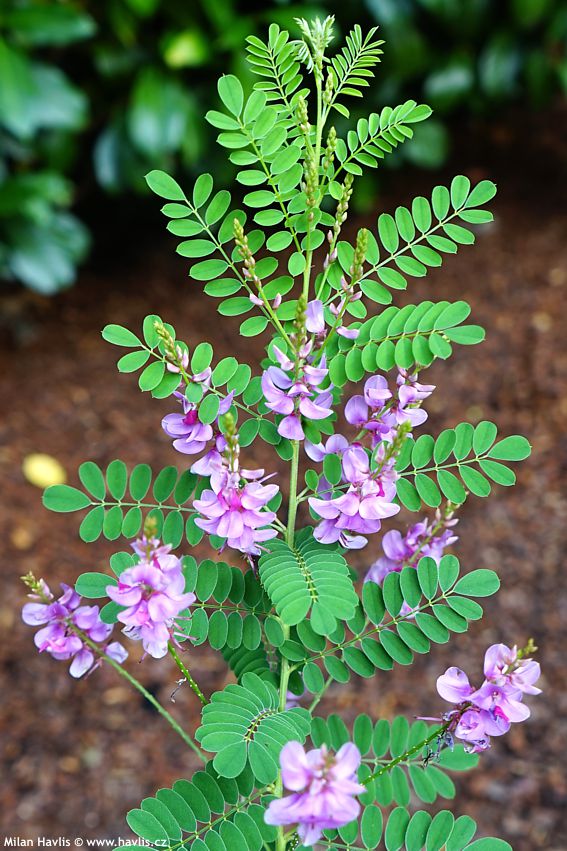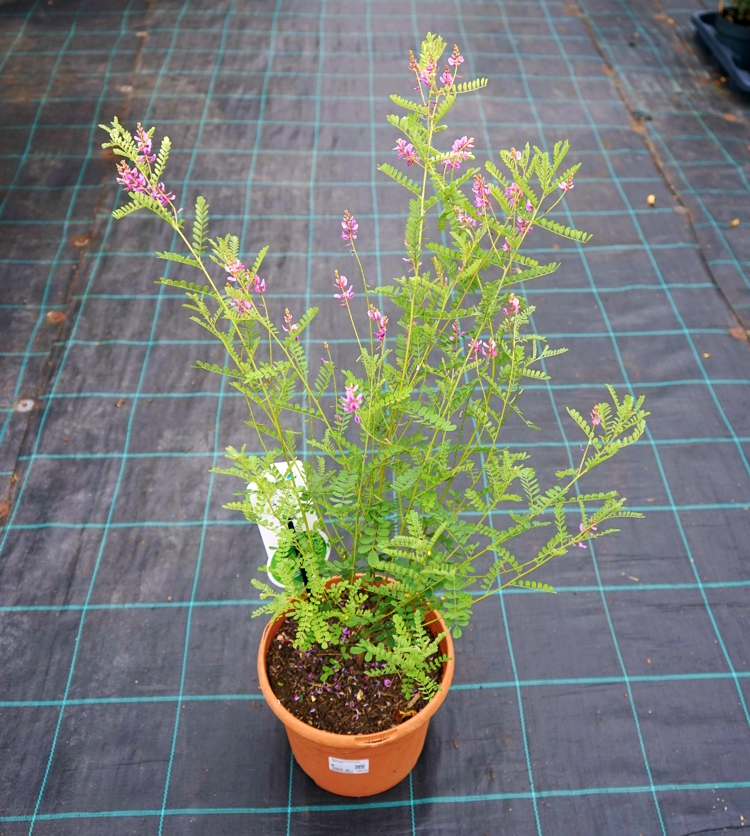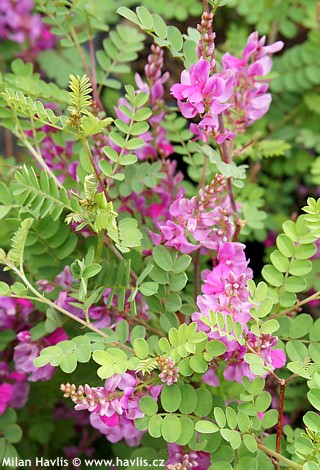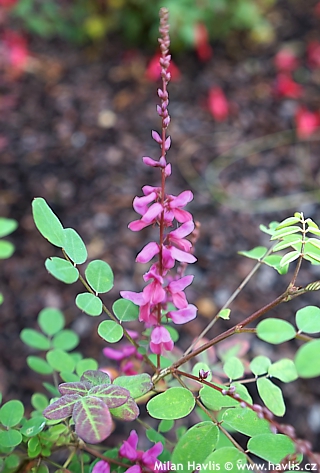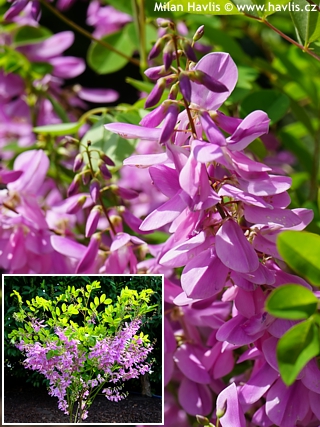Indigofera heterantha western Himalayan indigo
Indigofera
The Indigofera genus includes over 700 species of shrubs and herbs, mostly found in tropical and subtropical regions of Asia, Africa, and the Americas. Its common name refers to the plant’s historical use in producing natural blue dye known as indigo, especially from the African species Indigofera tinctoria. It was cultivated since ancient times in India, Egypt, and China, playing a key role in trade routes between the East and Europe. Indigo was once so valuable it was nicknamed “blue gold,” and the blue colour became a symbol of wealth – seen in textiles, decorative items, and interior design. As with many valuable and precious commodities, it was also associated with exploitation – from slave labour in America to forced farming in colonial India, even leading to mass farmer uprisings.
Western Himalayan indigo is a deciduous shrub native to the western Himalayas, where it grows on dry slopes and in open forests with full-day sunlight at elevations of 1500–3000 meters. It was first described in detail by Dietrich Brandis in 1874 in his botanical work Forest Flora of North-West and Central India. In gardens, it is appreciated for its exceptionally long flowering season throughout summer – starting in June and continuing with a steady production of new buds that bloom until the final sunny, warm days of early autumn. The flowers are pastel pink, pea-shaped, and arranged in short, upright racemes. These inflorescences are quite unusual and unlike anything commonly grown in Central European gardens. Their shape might even remind one of soft-serve ice cream 😊. The leaves are deciduous, medium green and pinnate – resembling miniature acacia or robinia foliage. In autumn they turn yellow for a short period of time.
In the harsh climate of its native habitat, the shrub typically reaches a height of only about one meter. In continental Central European conditions, however, it grows moderately up to 1.5 meters in both height and width, and in regions with mild winters, it is more vigorous and may reach up to 2.5 meters with sturdy branches and well-matured wood. Naturally, it forms arching branches that give it a relaxed appearance, and combined with its delicate foliage, it’s precisely the kind of summer shrub you want to set your eyes upon on a quiet summer afternoon — sitting on a patio, or preparing for meditation on a wooden deck in a secluded spot away from the bustle of the house. It’s a space you’ve created for yourself to unwind, reflect, or practice yoga, and this shrub easily evokes a sense of Zen calm maintaining a romantic appearance.
It can be grown in three ways:
I – allowed to grow freely into a prostrate shrub,
II - pruned back in spring by removing 70–80% of branch length to promote dense growth from the base,
III - trained into a multi-stemmed form by selecting 2–4 stronger branches to form the framework. With this method, side shoots are removed to the height where the wide crown is desired. Young plants must be grown in containers and brought indoors for a few winters to protect branches from frost. This allows the wood to mature, and in spring the plant continues growing without losing branch length.
Indigo is easy to grow and doesn’t require much maintenance. For maximum effect, plant it in rich, well-drained soil in full sun. It tolerates poorer soils but may not bloom as much. Mild moisture during the season is better than complete dryness. It works well in prairie or steppe-style compositions, combined with drought-tolerant plants like yucca, albizia, caryopteris, perovskia, echinacea, scabiosa, or gaura. It’s hardy down to at least -27 °C (USDA zone 5b), and possibly lower in well-drained soil, although after a severe winter it might need to regrow from the roots in spring. Mulching is recommended to protect it from temperature swings and excess winter dehydration.
Last update 28-01-2011; 04-08-2025
Goods are shipped all over Europe. For Russia and U.K. and for further details please read about SHIPPING OPTIONS HERE.
Are you interested in a serious discount for orders NOV-FEB? Check your options here.
THE PRICES INCLUDE VAT of 15%. For quick conversion you can use 1 CZK = approx. 0.04 EUR
- STANDARD QUALITY - Plants of this group are 1st class quality with number of branches and overall density adequate to their size and age, considering they were container grown.
- DE LUXE QUALITY - This label guarantees a luxurious quality of manually selected plants that, compared to their height and age, are exceptionally dense and beautiful.
- EXTRA - These plants are usually mature and bigger specimens with exceptional overall appearance.
- STANDARD (as described in the plant form) means a tree with a trunk of 190-210 cm and a crown at the top, unless specified differently. The commercial size for trees is their girth measured in the height of 1m from ground.
- HOBBY - These plants are of the same quality as our standard-quality plants but younger and therefore cheaper.
- SHRUB - a woody plant with branches growing bushy from the ground level.
- HALF-STANDARD or MINI-STANDARD - a small tree with shorter trunk, its size is usually specified.
- FEATHERED - These are trees with branches growing already from the base of the trunk and up along the stem.
- GRASSES and PERENNIALS - Sizes given usually read the diameter of the pot or the clump, as specified.












